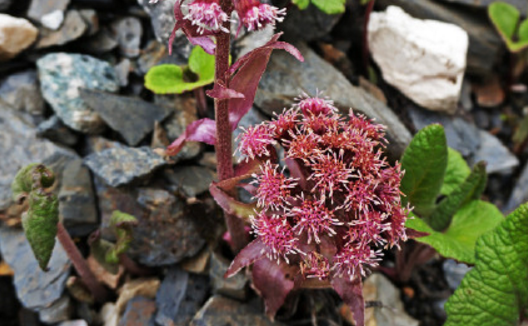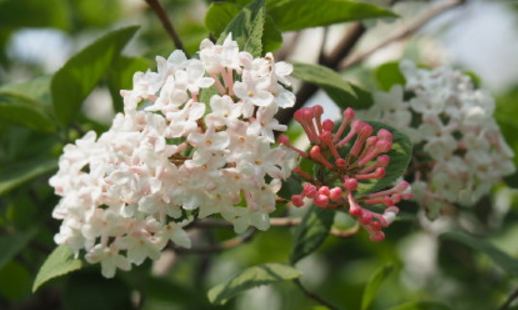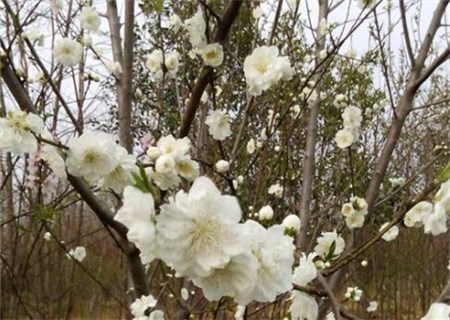How to sow and reproduce in Compositae? What's the use? Diseases and insect pests and their control?
Beedol, alias Donghua, Fedong, so how to sow and reproduce? What's the use? Diseases and insect pests and their control? It is understood that beedol is a plant that likes a cool environment and requires more humid air. When choosing soil, generally choose loose and fertile soil, be careful not to be too dry. Keep it at a proper temperature when raising beedol, but don't get too hot in summer and be careful not to exceed 35 ℃. When planting, it needs to be fertilized in advance to make it grow better.

First, how to sow and reproduce?
Soil
The slightly acidic sandy loam with half yin and half yang, moist and rich in humus should be selected when cultivating beedol, and the drainage of the soil is better. After the cultivation site is selected, base fertilizer can be applied to turn the soil deeply and refine the soil.
Intermediate ploughing and weeding
When sowing in spring, seedlings will grow around the first ten days of April, and seedlings can be replenished at the same time when weeding is carried out for the first time. At this time, the root system of the seedling grows slowly, so it is necessary to loosen the soil shallowly to avoid damaging the root system of the seedling.
In June and July, the seedlings have come out, and the roots have grown well, so the second intertillage can be carried out.
In early September, the stems and leaves on the ground of the plant gradually stop growing, and the flower buds begin to differentiate. At this time, the third intertillage can be carried out to keep weeds free.
Intermediate seedling
After all the seedlings come out at the end of April and the beginning of May, the seedlings can be carried out appropriately according to the emergence situation, leaving the strong seedlings and removing the weak plants.
Fertilize and cultivate the soil
There is no need for topdressing in the early stage of growth to avoid overgrowth. In the later stage of growth, topdressing management should be strengthened, and topdressing should be combined with loosening soil, covering fertilizer on the one hand and cultivating soil on the root of the plant on the other, so as to maintain the fertilizer efficiency of the soil.
Watering
Beedol is afraid of both drought and waterlogging. It should be watered two or three times in a row during the spring drought, and be prepared for drainage when the rainy season comes.
Leaf-cutting ventilation
The leaves are in full bloom from June to August, and the leaves are too dense. Poor ventilation and light transmission will affect the differentiation of flower buds and lead to the occurrence of diseases and insect pests. If you want to clean up the overlapping leaves, it is best to trim them with scissors and avoid harming the base of the plant when you pull them with your hands.
Second, what is the use?
1. Detoxification
First of all, it can eliminate some poisons in the body, treat poisoning after being bitten by snakes, and expel harmful substances contained in the human body.
2. Germicidal effect
Beedol contains an element that relieves spasms. Not only that, it can also eliminate some fungi in the mouth, at the same time, it can promote the movement of cilia in the trachea, treat the secretion of mucus in the trachea, reduce the phenomenon of easy cough and sputum, and can also treat diseases such as tracheitis.
3. Analgesic effect
Beehive is a cool plant with a bitter taste, but it can help relieve toxins to remove bruising in the body, eliminate the effect of swelling and pain caused by falling injuries, and has a good effect on tonsillitis, falling injuries and other symptoms.
4. Antitoxic effect.
There is caffeic acid in beedol, which can inhibit the growth of bacteria, weaken their activity, and effectively treat acne on the face. not only that, but also treat inflammation of colds. It has good control effect on bacteria such as staphylococci and dysentery bacilli. Moreover, it can also treat cataract symptoms caused by diabetes.
5. Taboo items
Although it is said that bee fighting vegetable has more benefits, it can not be used in any case. for some people with deficiency cold in spleen and stomach and sparse stool, it is best not to involve this plant too much.
Third, diseases and insect pests and their control?
Brown spot of beehive and its control
Symptoms of brown spot: Brown spot mainly harms the leaves of plants, and the disease spots on the leaves are round or nearly round, and summer is the middle stage of the disease.
Prevention and control of brown spot: remove the infected plants and spray with Bordeaux liquid at the initial stage of the disease. Spray once for seven to ten days, several times in a row.
Leaf blight of beehives and its control
Symptoms of leaf blight: mainly harm to the leaves of the plant, the disease spot extends inward from the leaf edge, the disease spot is black irregular spots, the leaves will become brittle after the disease, causing local or whole leaves to dry up, but also spread to the petiole.
Control of withered leaves: remove infected dead leaves and spray Bordeaux solution.
Aphids of Beedox and its Control
Aphid symptoms: aphids will suck the stem and leaf sap of the plant, and in severe cases, it will cause the stem and leaf to turn yellow.
Aphid control: clear the garden in winter and bury or burn dead plants and fallen leaves. Spray fenitrothion in the early stage of the disease for a period of seven to ten days.
White silk disease of beehives and its control
Symptoms of white silk disease: infected seedlings or adult plants will appear watery spots on the rhizome. After the disease spots spread, they will form small white sclerotia and gradually turn dark brown.
Prevention and control of white silk disease: strengthen cultivation management and choose to plant in high dry land; carbendazim and methyl thiophanate can be used for control.
Time: 2019-03-16 Click:
- Prev

What is the planting method of vanilla caryophyllum? The difference between lilac and clove? How do you breed?
Artemisia mandshurica is mainly distributed in the temperate zone, and it was distributed in North and Northwest China in the early days, so what is the planting method? The difference between lilac and clove? How do you breed? According to the data, vanilla prefers fertile, soft and slightly acidic soil with good drainage, and is not tolerant to poor soil.
- Next

How does ornamental peach blossom and green peach reproduce? What are the pruning time and pruning methods? What are the main values?
Green peach is a variety of peach, which is relatively common in daily life. The ornamental nature of blue peach is very strong, and the double flowers are very beautiful and are loved by people. So do you know how to breed peaches? What are the pruning time and pruning methods? What are the main values? How to reproduce green peach
Related
- Fuxing push coffee new agricultural production and marketing class: lack of small-scale processing plants
- Jujube rice field leisure farm deep ploughing Yilan for five years to create a space for organic food and play
- Nongyu Farm-A trial of organic papaya for brave women with advanced technology
- Four points for attention in the prevention and control of diseases and insect pests of edible fungi
- How to add nutrient solution to Edible Fungi
- Is there any good way to control edible fungus mites?
- Open Inoculation Technology of Edible Fungi
- Is there any clever way to use fertilizer for edible fungus in winter?
- What agents are used to kill the pathogens of edible fungi in the mushroom shed?
- Rapid drying of Edible Fungi

